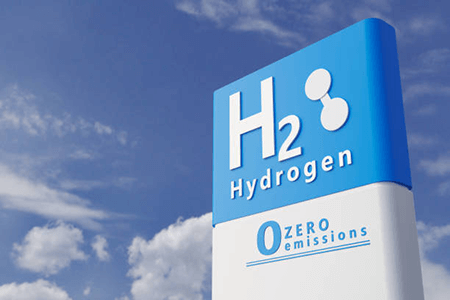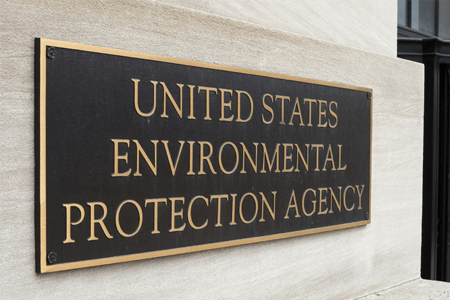
The Senate Energy and Natural Resources Committee holds a hearing this morning on opportunities and challenges in using clean hydrogen in the transportation, utility, industrial, commercial, and residential sectors. Chemical manufacturers are exploring and developing hydrogen as part of a strategy to reduce greenhouse gas (GHG) emissions. Despite hydrogen’s clear promise, significant market and regulatory barriers remain to deployment and adoption of hydrogen technology.
On tap: Witnesses include Mike Graff, Chairman and CEO of American Air Liquide Holdings, Inc., an ACC member company, and Executive Vice President, Air Liquide Group.
- Air Liquide has invested more than $1 billion in hydrogen activities in the United States, and more than $5 billion worldwide.
- The company has committed to an additional investment of nearly $10 billion in low-carbon hydrogen by 2035 as part of a plan to more than triple sales of hydrogen and help substantially curb emissions that will also support its goal of achieving carbon neutrality by 2050.
Catch up quick: Hydrogen is a clean fuel that can be used in fuel cells to generate electricity, power, or heat. It can be used in vehicles, in homes, for portable power, and in many other applications.
- Hydrogen can be produced from a variety of resources, such as natural gas, nuclear power, biomass, and renewable power like solar and wind, as the U.S. Department of Energy explains.
- The U.S. has been a leader in developing hydrogen and fuel cell technologies. Policymakers are looking at ways to accelerate hydrogen RD&D in order to drive toward a cleaner energy future.
Why it matters: The use of lower- or no-emissions sources of heat, such as hydrogen, could help transform steam cracking, an energy-intensive process used by chemical manufacturers.
- Steam cracking is used to create most of the materials used by the chemical industry and products used by other manufacturers. Transforming this process will be essential for a lower-emissions chemical sector.
- Other potential options to revamp steam cracking include greater utilization of combined heat and power (CHP) systems; carbon capture, storage, and utilization (CCUS); new technology to improve process efficiency; and cracker electrification.
By the numbers: Clean hydrogen development is growing and shows potential to further reduce GHG emissions. Chemical companies are among the industry leaders and participants in this space.
- At last count, there were 161 operating stationary fuel cells at 108 industrial facilities in the U.S., representing a total of 500 MW of generating capacity.
- Hydrogen and fuel cell powered CHP units could reduce emissions by 35- 50% over conventional CHP units, according to DOE.
- Hydrogen and fuel cells could reduce emissions by 50-90% in light-duty vehicles, 35% in specialty vehicles, and achieve a 60% reduction in emissions compared with truck engine idling.
What Congress should do: ACC supports specific actions as part of our policy recommendations for a lower-emissions future.
- Establish a technology-neutral incentive for production of low carbon hydrogen.
- Temporarily extend and expand Section 48C clean energy manufacturing tax credit and ensure it includes a broad range of technologies, including nascent technologies.
- Help develop domestic supply chains for battery storage and hydrogen-based technologies.
- Accelerate investment, siting, and permitting of hydrogen and other clean energy infrastructure needed to support a lower emissions economy.



